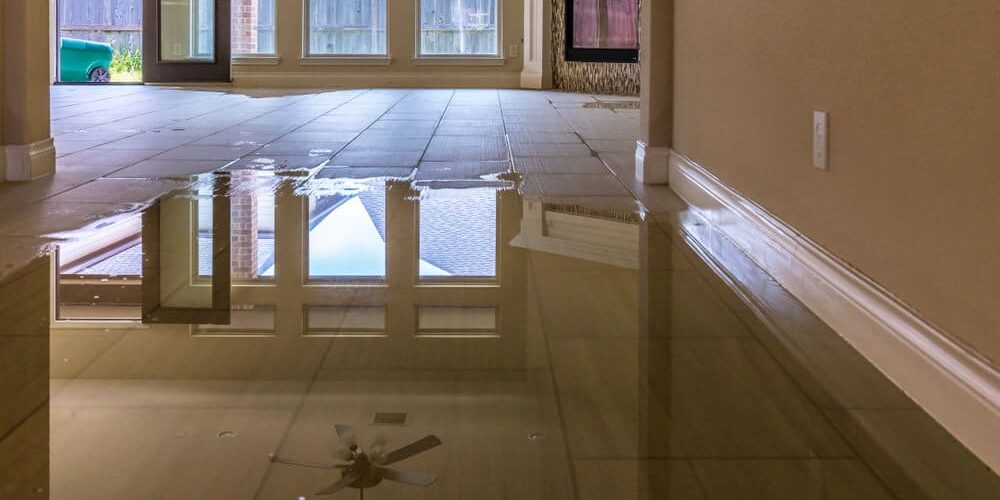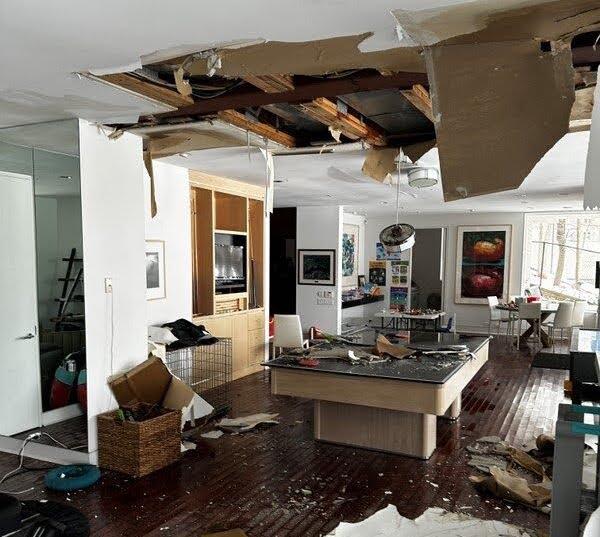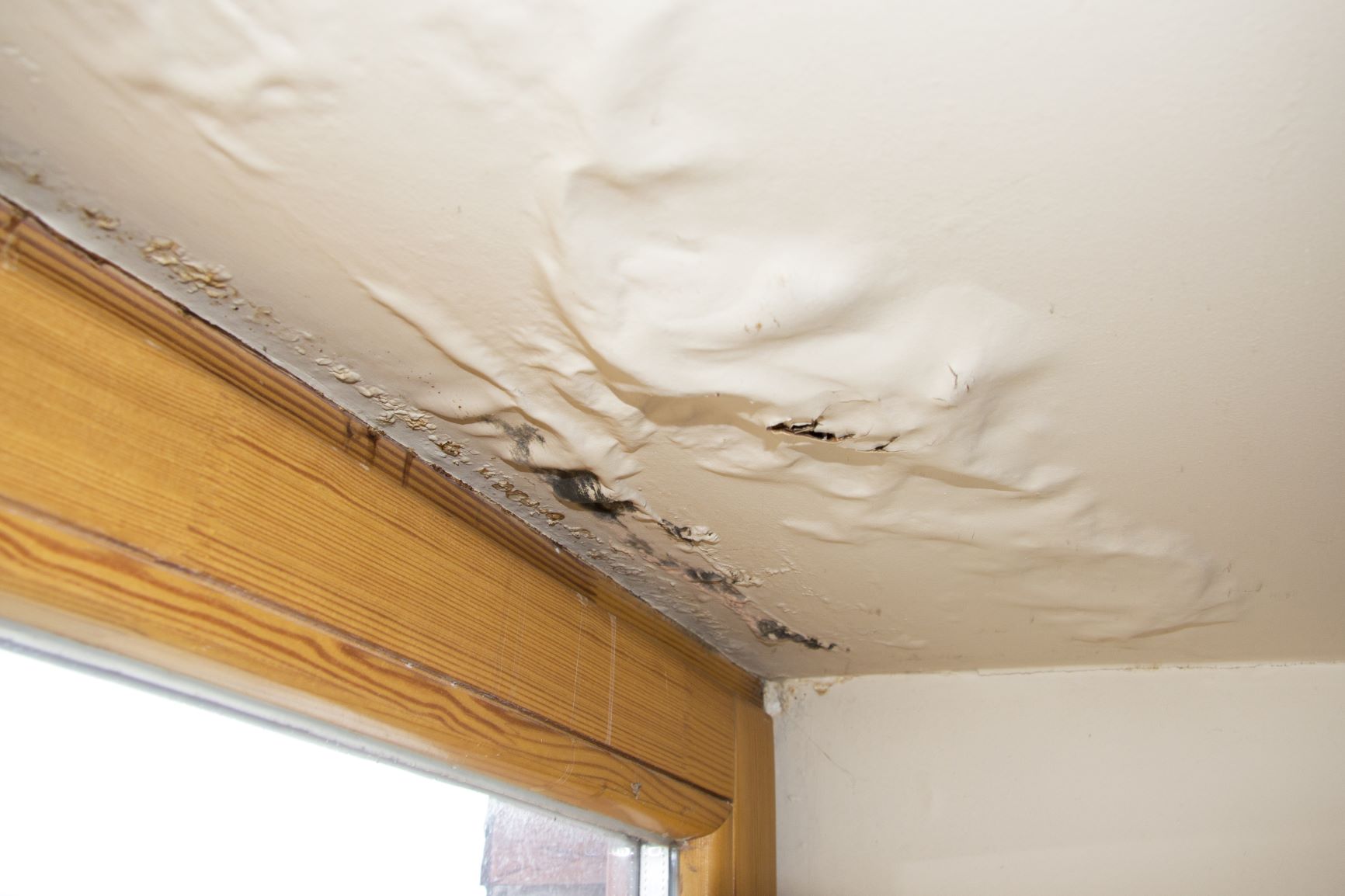Experienced Water Mitigation Company Offering Comprehensive Water Damage Solutions
Experienced Water Mitigation Company Offering Comprehensive Water Damage Solutions
Blog Article
The Refine of Water Damage Cleanup: Guaranteeing Your Home Is Restored Effectively
Water damage can be a complicated challenge for house owners, requiring a careful and structured cleaning procedure to restore safety and performance. At first, a detailed analysis is vital to identify the level of the damages and determine the ideal remediation actions. Following this, effective water removal methods play a pivotal function in minimizing more injury. Nevertheless, the nuances of drying out, disinfecting, and eventual reconstruction are equally necessary and frequently ignored. Understanding these stages can make a considerable distinction in the result of your home's reconstruction, motivating a closer check out what each action entails.
Evaluating the Damage
Upon uncovering water damages, the primary step is to extensively examine the level of the effect. This initial assessment is vital, as it aids establish the required steps for efficient cleaning and remediation. Begin by inspecting the affected locations, including walls, ceilings, floors, and individual valuables, to determine the source of the water intrusion, whether from flooding, leaks, or condensation.
Recording the damages is important for both insurance policy claims and intending remediation initiatives - damage restoration services. Usage pictures and written notes to record the seriousness of the damages, noting any type of affected structural elements and materials. Pay special interest to locations that might not be instantly visible, such as behind wall surfaces and under carpetings, as concealed moisture can bring about additional difficulties, including mold growth
Additionally, evaluate the timeline of the water direct exposure. The longer the products remain damp, the greater the potential for damage. Understanding the duration of exposure will notify the seriousness of remediation efforts. Ultimately, an extensive analysis lays the foundation for a successful water damage cleaning procedure, ensuring that all affected locations are dealt with efficiently and completely.
Water Removal Techniques

Specialists usually utilize completely submersible pumps for larger quantities of water, which can rapidly reduce flooding in basements or other influenced locations. For smaller amounts, wet/dry vacuum cleaners are frequently utilized to draw out residual moisture from carpetings and hard surface areas. Furthermore, making use of portable extractors enables targeted removal in confined rooms or locations with fragile products.
In circumstances of polluted water, such as sewage or floodwater, progressed extraction techniques might involve using biohazard devices to guarantee security and conformity with health laws. High-powered extraction tools are vital in reducing water retention in architectural products, which can bring about mold development and architectural deterioration otherwise resolved promptly.
Eventually, the effectiveness of water extraction methods plays a crucial function in the general success of the water damage clean-up procedure, laying the groundwork for succeeding reconstruction efforts.
Drying and Dehumidification
When standing water has been successfully drawn out, the next important stage in the water damage cleaning procedure is drying out and dehumidification. This action is vital to avoid further damage and mold growth, which can occur within 24 to 48 hours in moist environments.
To accomplish efficient drying, specific devices such as industrial-grade air moving companies and dehumidifiers is used. Air moving companies circulate air across wet surface areas, enhancing dissipation rates, while dehumidifiers lower humidity levels in the air, advertising a helpful environment for drying. The mix of these tools ensures that moisture is attracted out from floors, home furnishings, and wall surfaces, enabling them to completely dry thoroughly.
It is essential to keep track of the drying procedure very closely. Experts usually use wetness meters to analyze the moisture material in various materials, making certain that all influenced areas get to acceptable dryness degrees. This thorough technique aids to avoid concealed wetness pockets that could bring about architectural damage or harmful mold and mildew growth.

Cleansing and Sanitizing
After the drying out and dehumidification stage is total, the following essential action in water damages cleaning is cleansing and sterilizing the affected locations. This procedure is important to stop the growth of mold, germs, and other virus that thrive in wet environments.
The cleaning stage generally entails removing any kind of debris, dirt, and impurities from surface areas making use of specialized cleaning representatives. For difficult surface areas, a combination of soap and water or business cleansing items is often used. Soft products, such as upholstery and rugs, may require more considerable cleansing approaches, consisting of steam cleaning or deep extraction strategies, to guarantee comprehensive hygiene.

Sterilizing follows cleaning, making use of EPA-approved anti-bacterials to eliminate dangerous microorganisms. This step is essential, specifically in locations that may have entered call with floodwaters or sewer, as these sources can posture significant health and wellness threats.
Furthermore, it is very important to deal with any type of staying smells, which restoration companies near me might call for using smell neutralizers or innovative strategies like ozone treatment. Correct cleansing and disinfecting not only bring back the security and hygiene of your home however additionally lay the foundation for successful reconstruction and repairs in succeeding phases of the water damages cleaning process.
Remediation and Repair Work

When the assessment is full, reconstruction efforts can start. This generally includes fixing or changing broken products, guaranteeing that all job adheres to neighborhood structure codes and requirements. If drywall has actually been jeopardized, it will require to be gotten rid of and replaced with brand-new product. Furthermore, floor covering might call for similar focus, relying on the level of water direct exposure.
It is vital to involve seasoned repair specialists throughout this procedure, as they possess the experience to deal with intricate repairs properly. They can help reduce possible future issues, such as mold and mildew growth or architectural instability, thus making certain a habitable and risk-free living setting. Eventually, effective repair and repair services bring back the home's honesty and improve its general value.
Conclusion
In conclusion, the process of water damages cleaning is critical for restoring a home to its pre-damage problem. Each phase, from evaluating the damage to applying efficient water extraction strategies, followed by comprehensive drying, sterilizing, and required repairs, plays a vital function in ensuring security and conformity with building requirements. Effective implementation of these actions not only minimizes prompt damages yet likewise enhances the long-lasting integrity and worth of the residential property.
Water damage can be an overwhelming obstacle for home owners, necessitating a structured and precise cleaning procedure to bring back security and functionality. Eventually, an extensive assessment lays the foundation for an effective water damage clean-up process, making certain that all influenced locations are attended to successfully and completely.
Reliable water removal strategies are essential in minimizing damages and stopping more difficulties adhering to a water breach occasion.In verdict, the process of water damage cleaning is important for bring back a home to its pre-damage condition. Each phase, from evaluating the damage to my link executing effective water extraction strategies, followed by detailed drying out, sanitizing, and necessary repair services, plays a crucial function in making certain safety and security and conformity with building standards.
Report this page